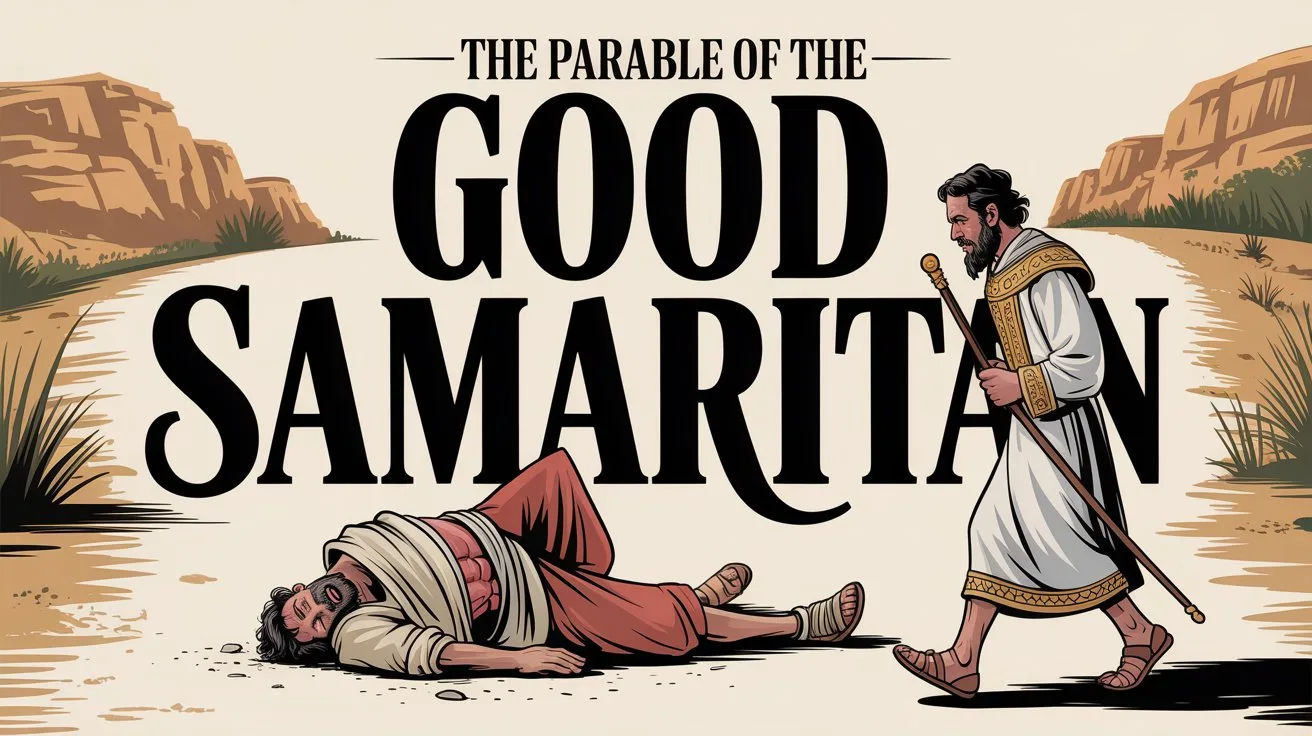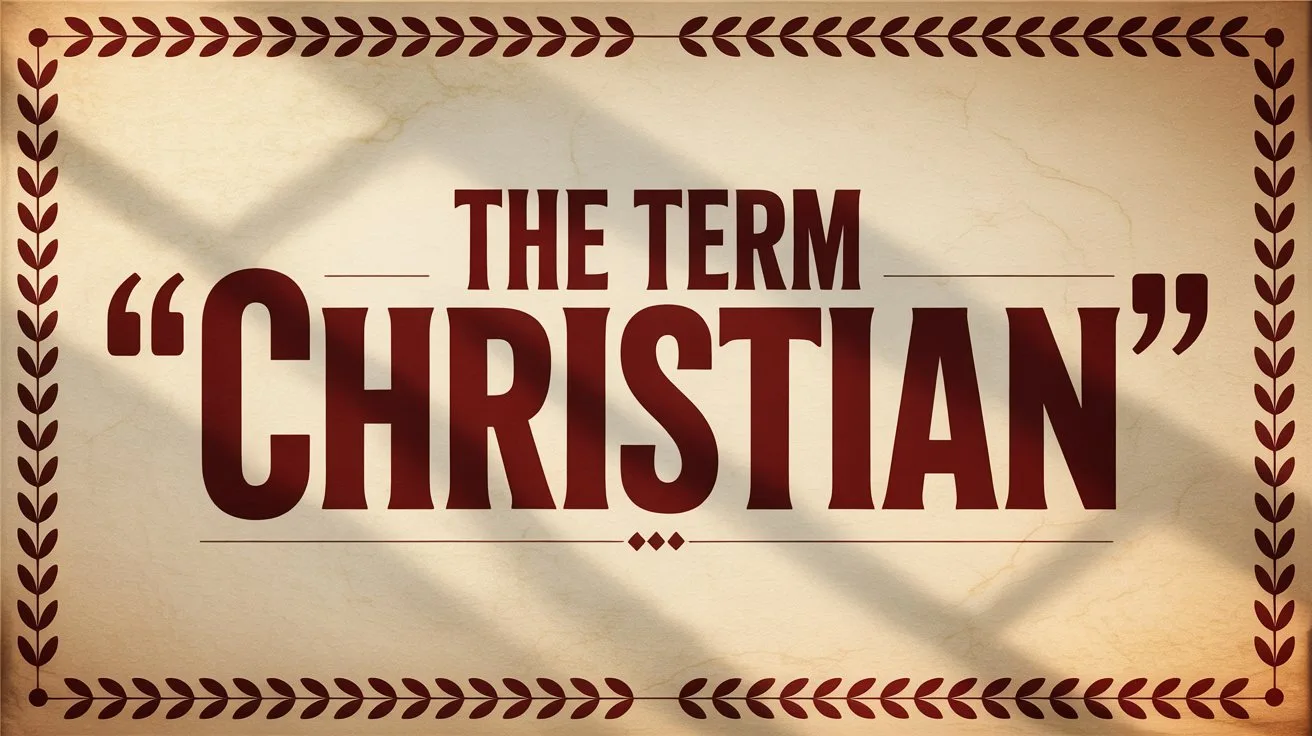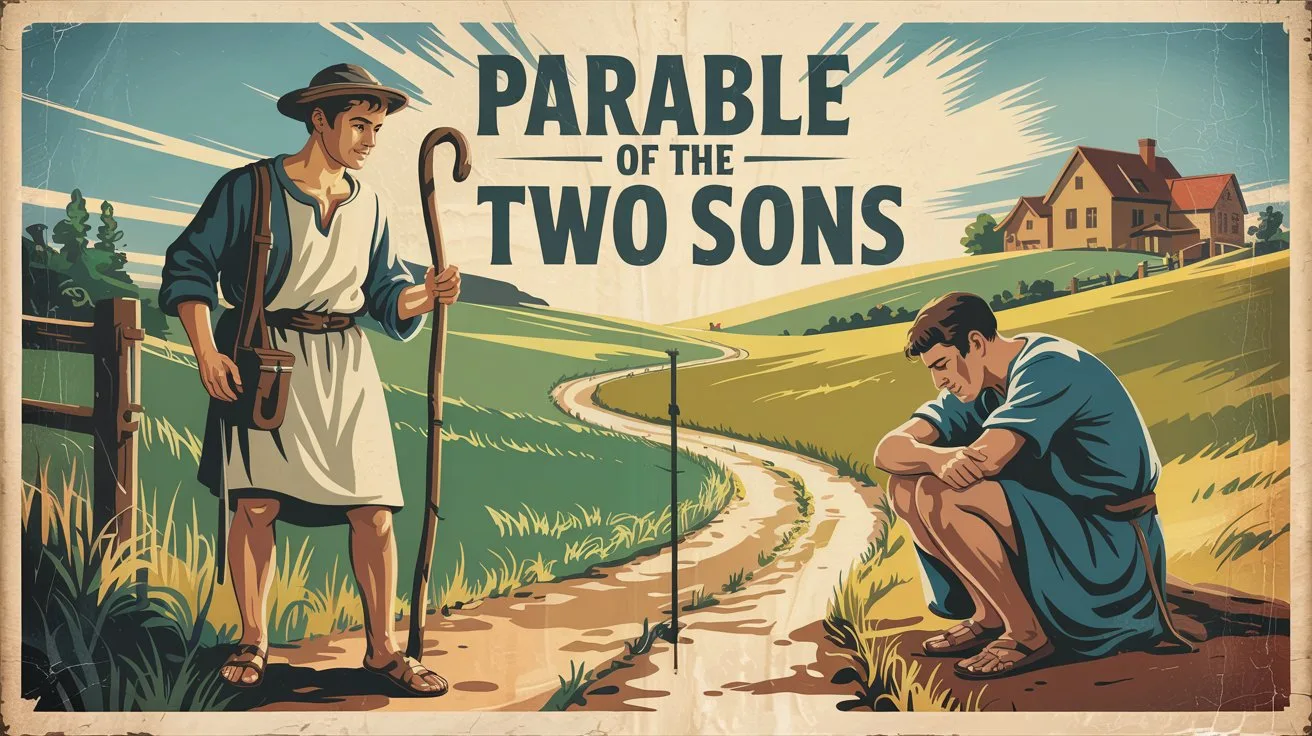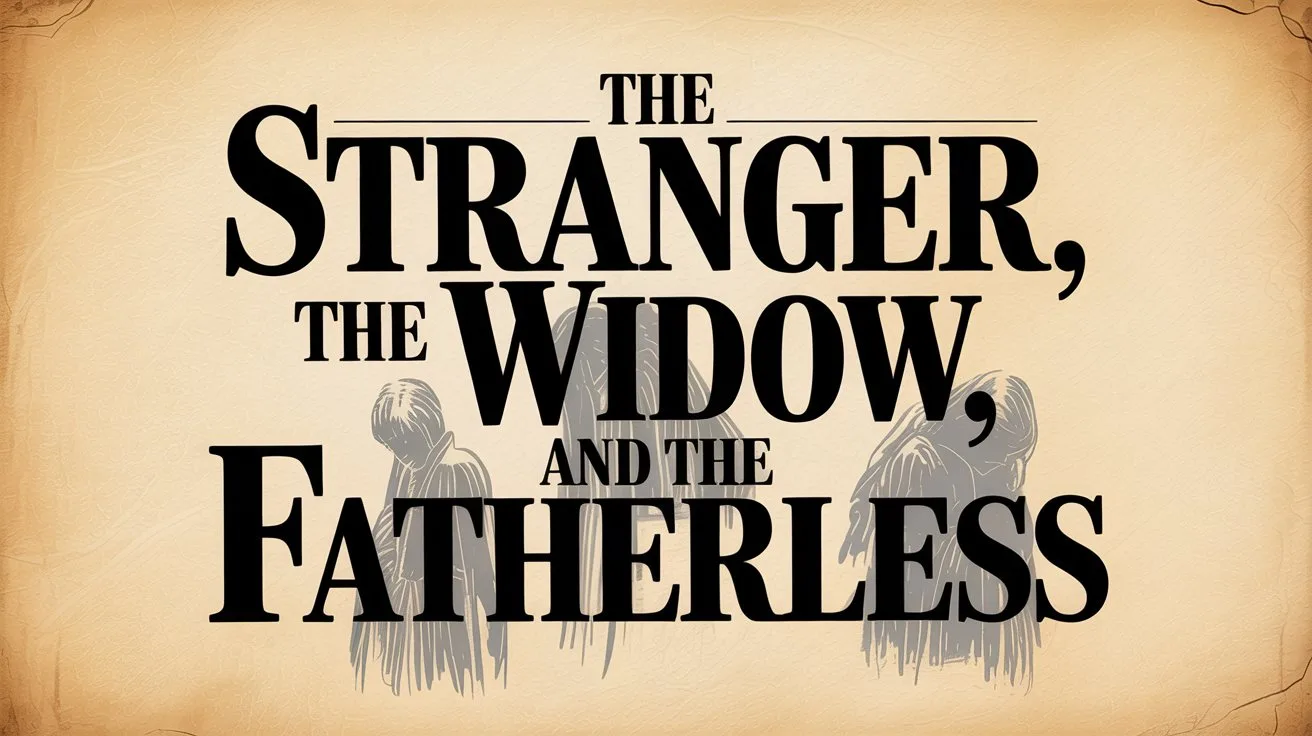Ezekiel’s vision of the throne of God and the wheels within wheels is one of the most detailed and symbolic revelations of divine glory in Scripture. It is recorded in Ezekiel 1:4–28. This vision came during Israel’s exile, affirming that God’s glory was not confined to the temple in Jerusalem, but was present even in Babylon.
Breakdown of the Vision:
The Storm and Fire (Ezekiel 1:4): Ezekiel saw a whirlwind coming from the north, a great cloud with raging fire engulfing itself and brightness all around. This storm prefigured the majestic and awesome presence of God.
The Four Living Creatures (Ezekiel 1:5–14): These beings had a human form but each had four faces (man, lion, ox, eagle) and four wings. They moved straight forward without turning and were accompanied by flashes of lightning, representing God’s attributes: wisdom, strength, service, and swiftness.
The Wheels within Wheels (Ezekiel 1:15–21): Each creature had a wheel beside it, appearing as “a wheel in the middle of a wheel.” They moved in every direction without turning. The wheels were full of eyes, symbolizing divine omniscience and awareness. They moved in unison with the living creatures, guided by the Spirit.
The Firmament and Throne (Ezekiel 1:22–27): Above the heads of the living creatures was an expanse like crystal, and above that a throne resembling sapphire. On the throne was a figure “like the appearance of a man,” glowing with fire and brightness.
The Glory of the Lord (Ezekiel 1:28): The entire vision culminated in the appearance of the glory of the Lord, surrounded by radiance like a rainbow in a cloud. When Ezekiel saw it, he fell on his face.
Parallels with Other Throne Room Visions:
Isaiah 6: Isaiah saw the Lord on a throne, high and lifted up, with the temple filled with smoke and seraphim proclaiming, “Holy, holy, holy.” Like Ezekiel, Isaiah responded in awe and was commissioned after a symbolic act of cleansing. Both visions emphasize God’s holiness, glory, and sovereign authority.
Daniel 7: Daniel saw the Ancient of Days seated on a fiery throne with wheels, surrounded by multitudes and a scene of judgment. Like Ezekiel, the throne is mobile and majestic, portraying divine kingship and active oversight of the nations.
Revelation 4–5: John saw a throne in heaven with living creatures similar to those in Ezekiel—each with distinct faces and full of eyes. The continuous proclamation of God’s holiness and the radiance of His presence link directly to Ezekiel’s vision. Revelation also emphasizes divine worship, judgment, and the Lamb’s authority, echoing the themes of God’s throne and glory.
Ezekiel’s vision affirms God’s presence, holiness, and providence even in exile. It reveals a mobile, all-seeing, and all-powerful God, not bound by place or circumstance. These consistent elements across Scripture confirm that the One on the throne is the same eternal and holy Lord who reigns above all creation.







